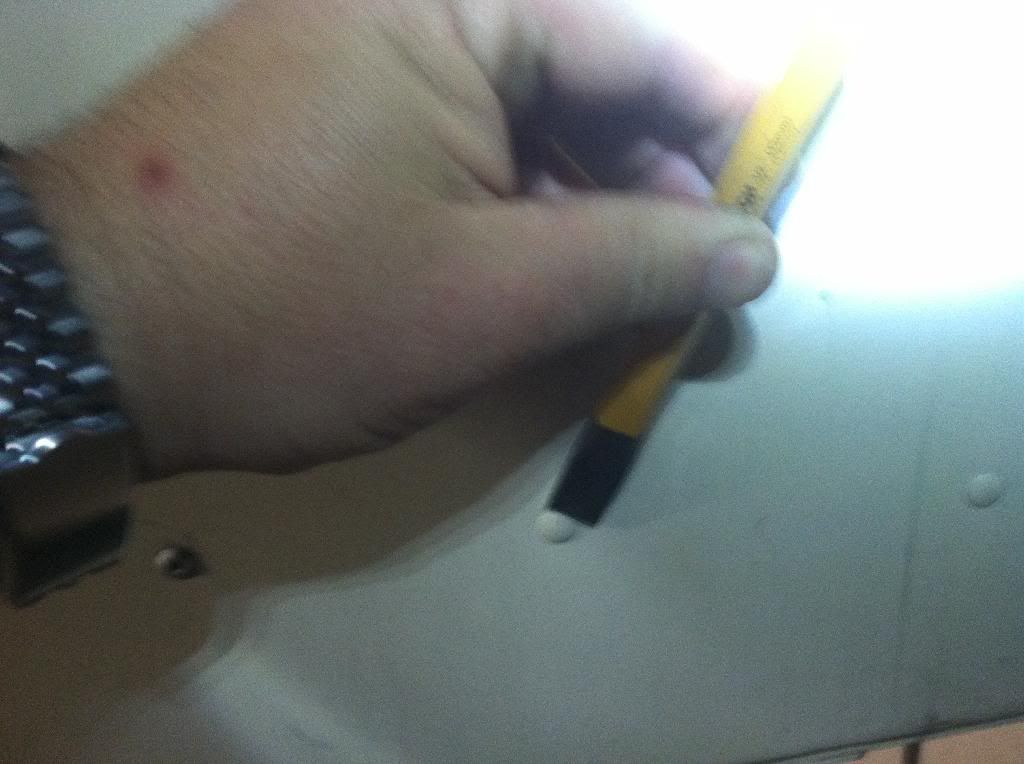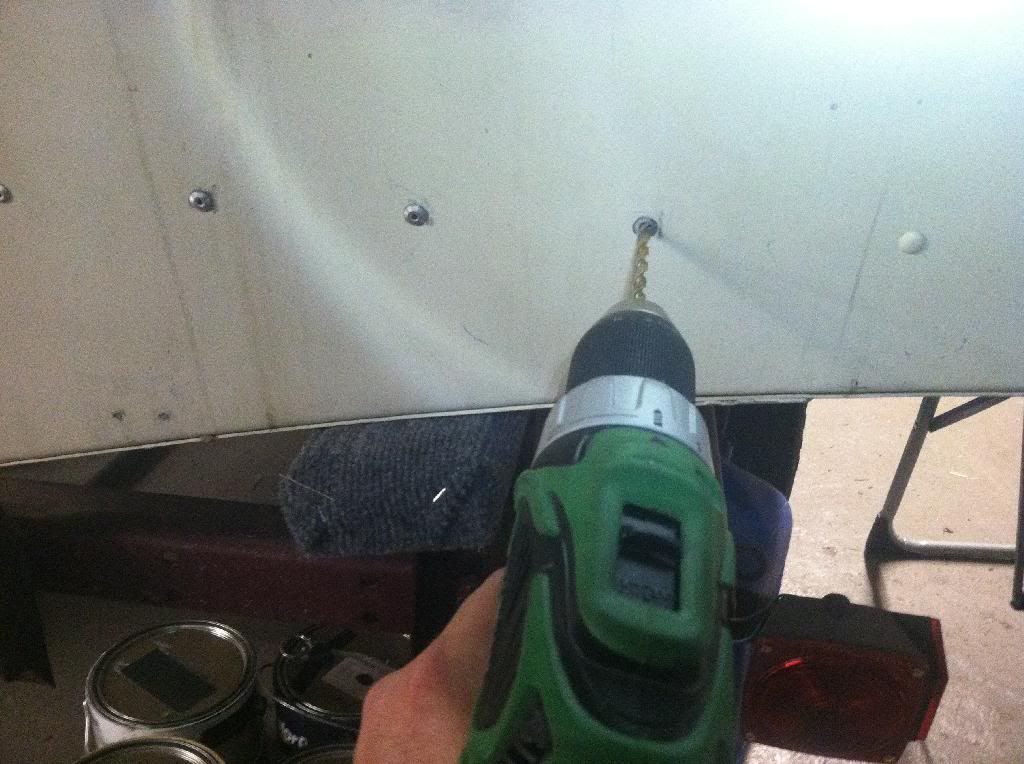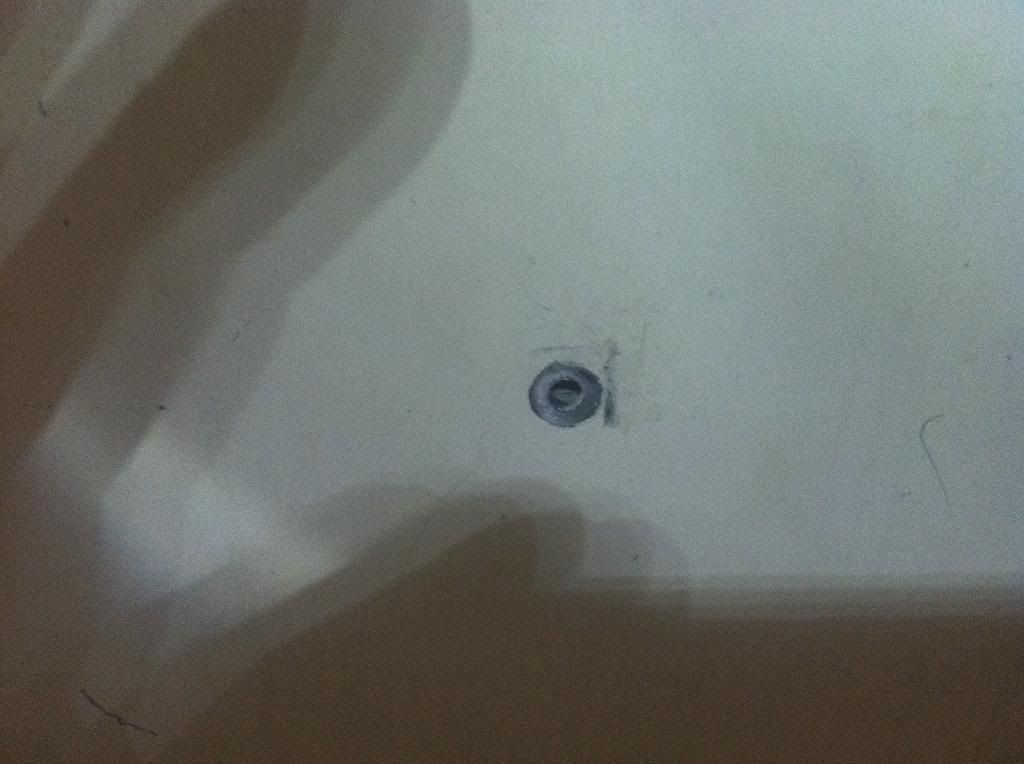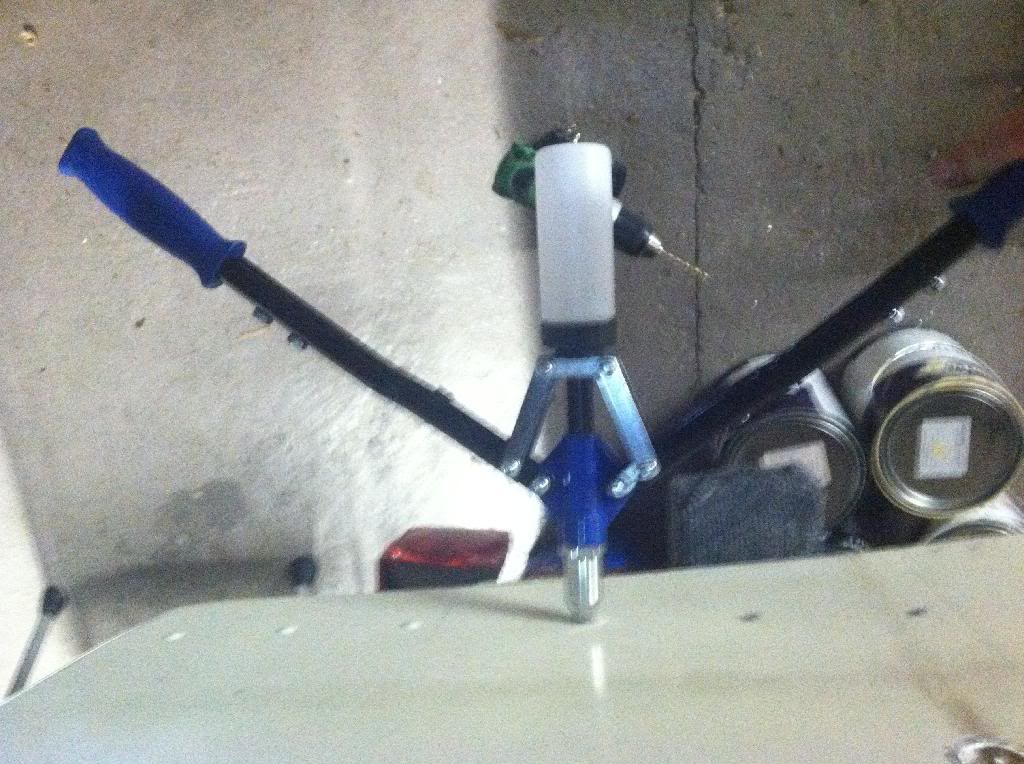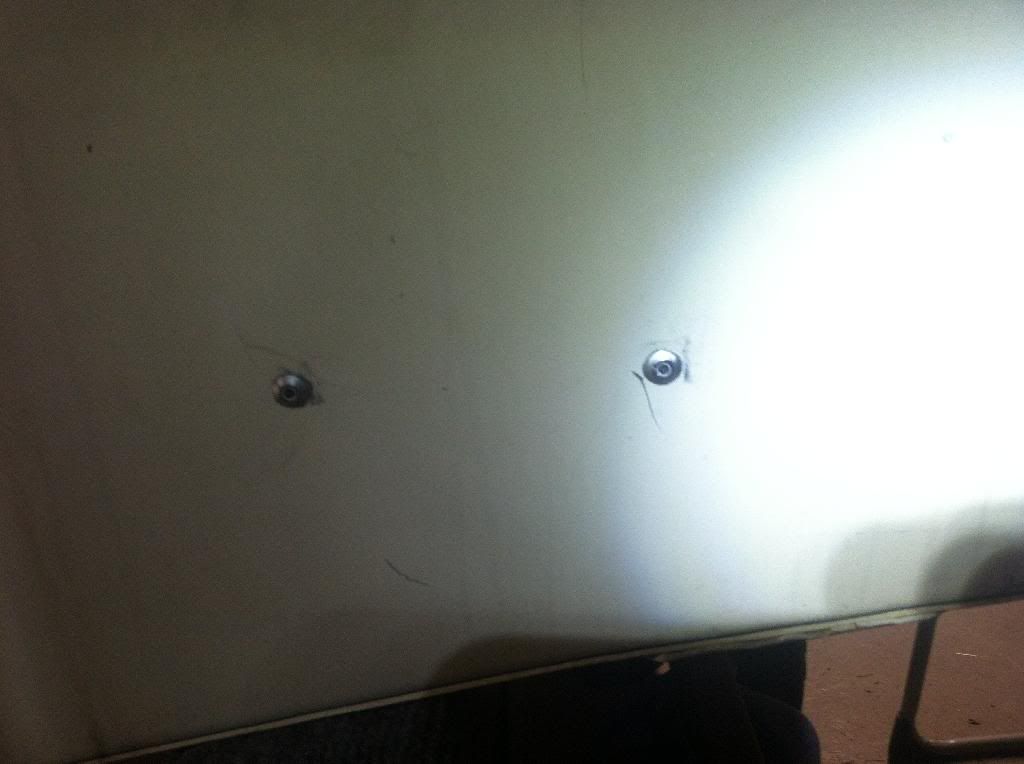I picked up a 14' Lund tinny yesterday for next to nothing. I wanted a small boat I could throw on top of a camper when heading out with the kids. The PO advised that it leaks, and he has run what looks like asphalt tar down several seams. It looks to me as well, as if someone has tried to repeatedly rebuck rivets along some of the seams. Inside, the boat seems to be in great shape.
I have no real cash invested in this, and don't want to put a bunch of money into it, but I replaced some rivets in my current mini-restoration using an air hammer and a sledgehammer as backing bar - seemed to work fairly well. I will be ordering a solid rivet gun, as the air hammer isn't really precise enough for this type of work.
I'm either going to resell this, or do a seam repair, which will involve replacing most of the rivets on a couple of seams within the boat. When I drilled out rivets using an electric drill, each rivet took several minutes to do. I know have an air drill, which will run at higher RPMs.
So I'm looking for a couple of pieces of advice:
1. What is the fastest way to drill out rivets (type of drill, size of bit, type of bit) - and how long should this really take?
2. How should I drill out and replace the rivets - I remember seeing someone on here say 'don't drill them all out'
3. How much time will there be involved in replacing 6 feet of rivets in a seam?
I have no real cash invested in this, and don't want to put a bunch of money into it, but I replaced some rivets in my current mini-restoration using an air hammer and a sledgehammer as backing bar - seemed to work fairly well. I will be ordering a solid rivet gun, as the air hammer isn't really precise enough for this type of work.
I'm either going to resell this, or do a seam repair, which will involve replacing most of the rivets on a couple of seams within the boat. When I drilled out rivets using an electric drill, each rivet took several minutes to do. I know have an air drill, which will run at higher RPMs.
So I'm looking for a couple of pieces of advice:
1. What is the fastest way to drill out rivets (type of drill, size of bit, type of bit) - and how long should this really take?
2. How should I drill out and replace the rivets - I remember seeing someone on here say 'don't drill them all out'
3. How much time will there be involved in replacing 6 feet of rivets in a seam?




















